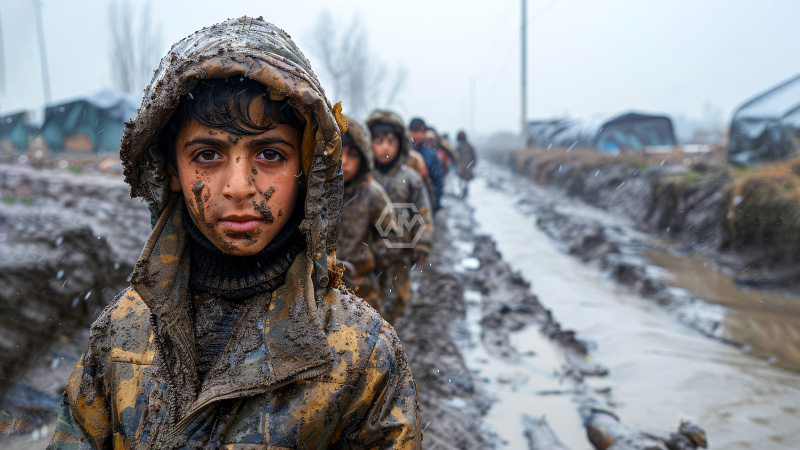- Russia faces a demographic crisis with one of the lowest birth rates in the world.
- High emigration of young people and economic instability compound the issue.
- Controversial government measures to boost birth rates have met mixed public reactions.
Russia is grappling with a severe demographic crisis characterized by a declining birth rate of 1.42 children per woman, far below the 2.1 needed for population stability. The nation’s population, currently around 144 million, is projected to fall to 130 million by 2046 if current trends continue.
This decline is further aggravated by the high emigration rates of young people, who are leaving the country to avoid conscription and seek better economic opportunities elsewhere.
The Silent Threat: Russia’s Population Decline
To counter this crisis, the Russian government has proposed various controversial measures, including stricter anti-abortion laws and incentives for childbirth. However, these efforts have received mixed reactions from the public, with many young Russians expressing a desire to emigrate due to economic uncertainties and the ongoing conflict in Ukraine. This demographic decline poses significant threats to Russia’s economic and social stability, raising concerns about the nation’s long-term viability.
The Russian government has responded with controversial measures to boost birth rates, including proposals for stricter anti-abortion laws and releasing female inmates to increase the population. Despite these efforts, public sentiment remains mixed. Many young Russians are reluctant to start families amidst economic uncertainty and the ongoing conflict in Ukraine, which has further destabilized the country’s social fabric.
The demographic crisis also threatens Russia’s economic future, with an aging population and declining workforce potentially leading to severe economic repercussions. Key sectors like healthcare and labor could suffer, undermining the nation’s ability to sustain itself economically. This decline not only impacts families but also poses a significant threat to Russia’s long-term economic viability.
Addressing the root causes of this crisis requires more than just incentives for childbirth. A stable and hopeful environment for young families is crucial, yet current socio-political conditions hinder such developments. As the war in Ukraine continues and economic instability persists, the challenge of reversing this demographic trend grows increasingly complex.
The demographic crisis in Russia is a multifaceted issue requiring comprehensive solutions that address economic stability, social policies, and the ongoing conflict. Creating an environment that fosters hope and stability for young families is essential for reversing the current trend and securing the nation’s future.
“Russia quite literally is dying,” remarked former British Army officer Colonel Tim Collins, highlighting the severity of the demographic crisis facing the country.



